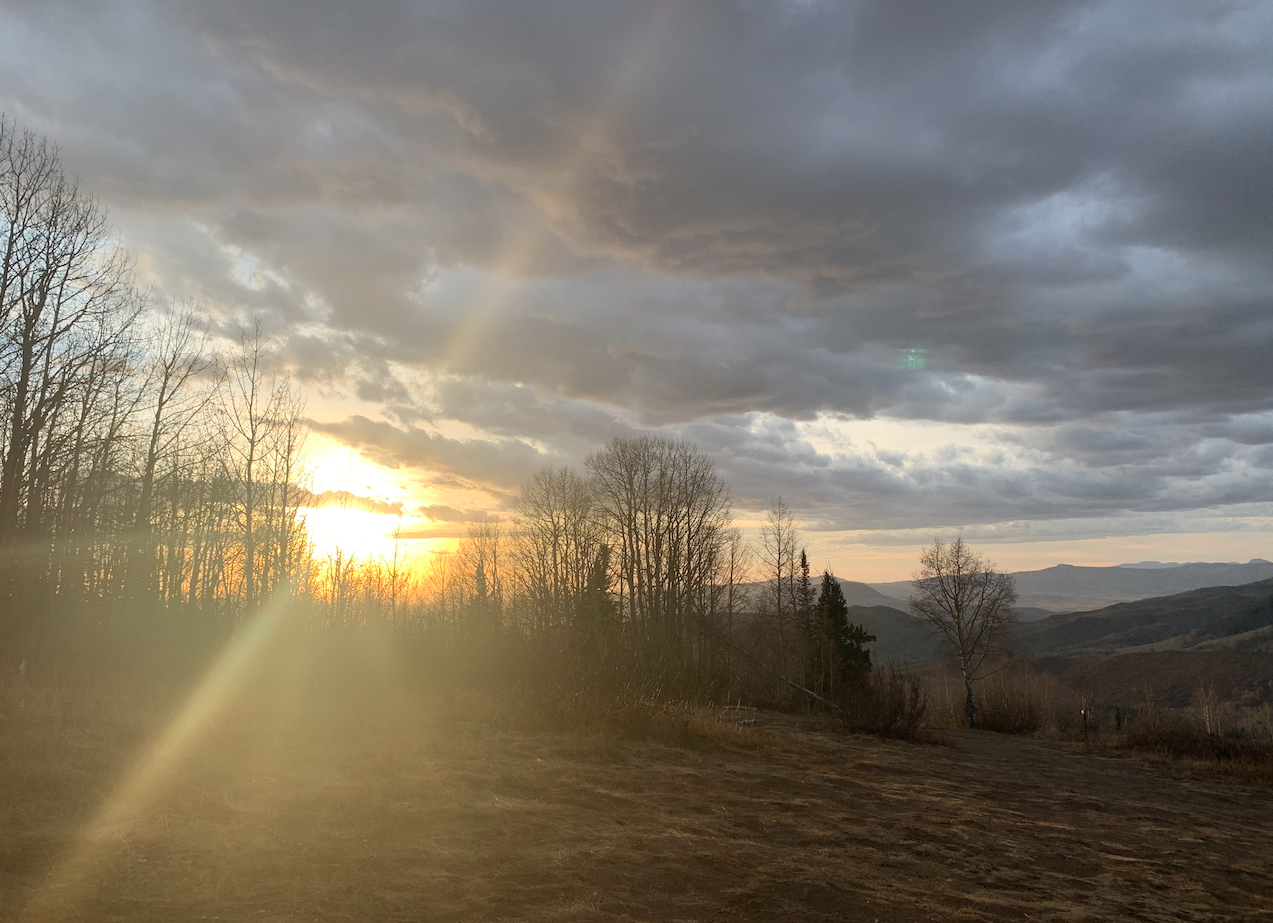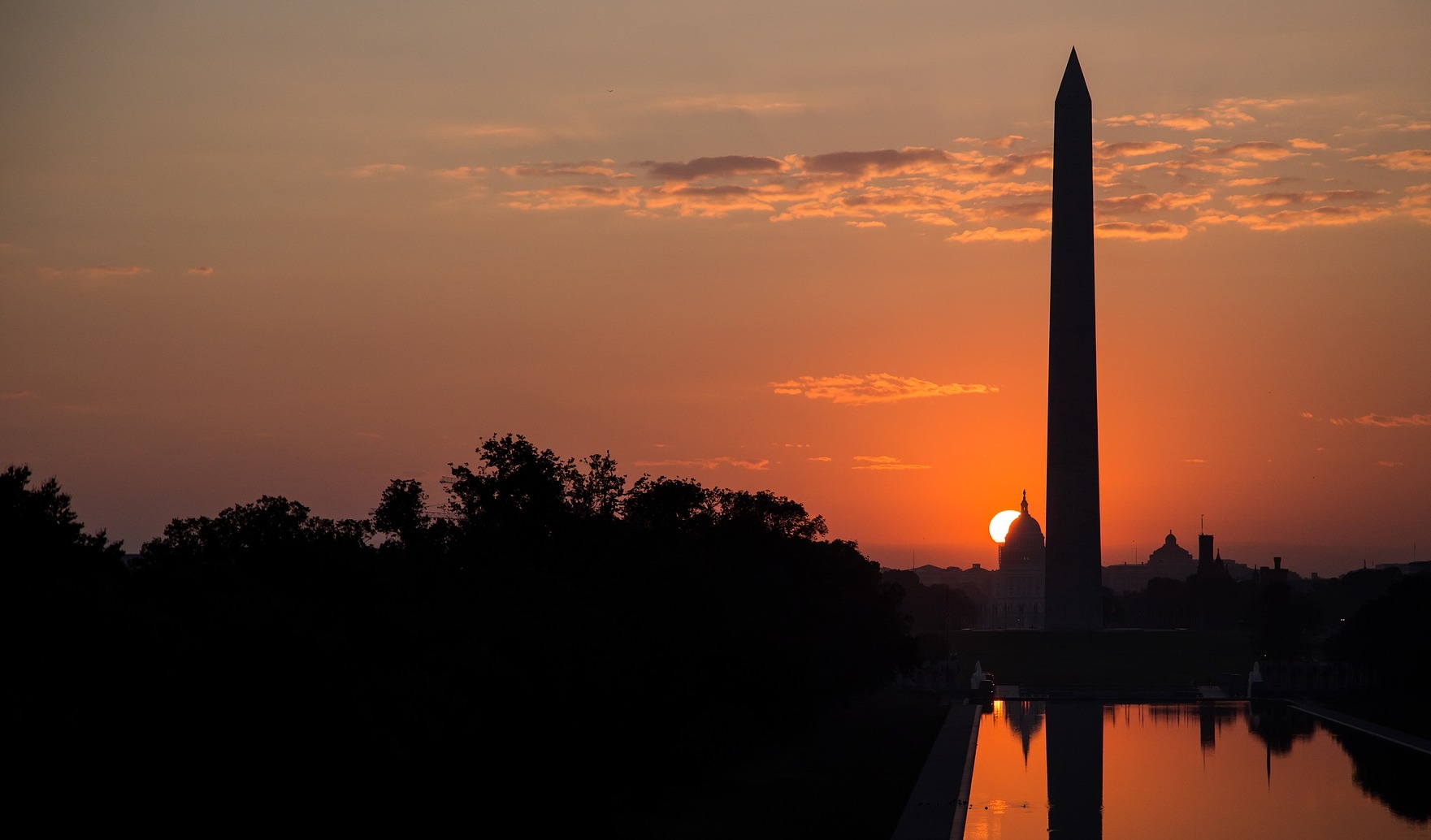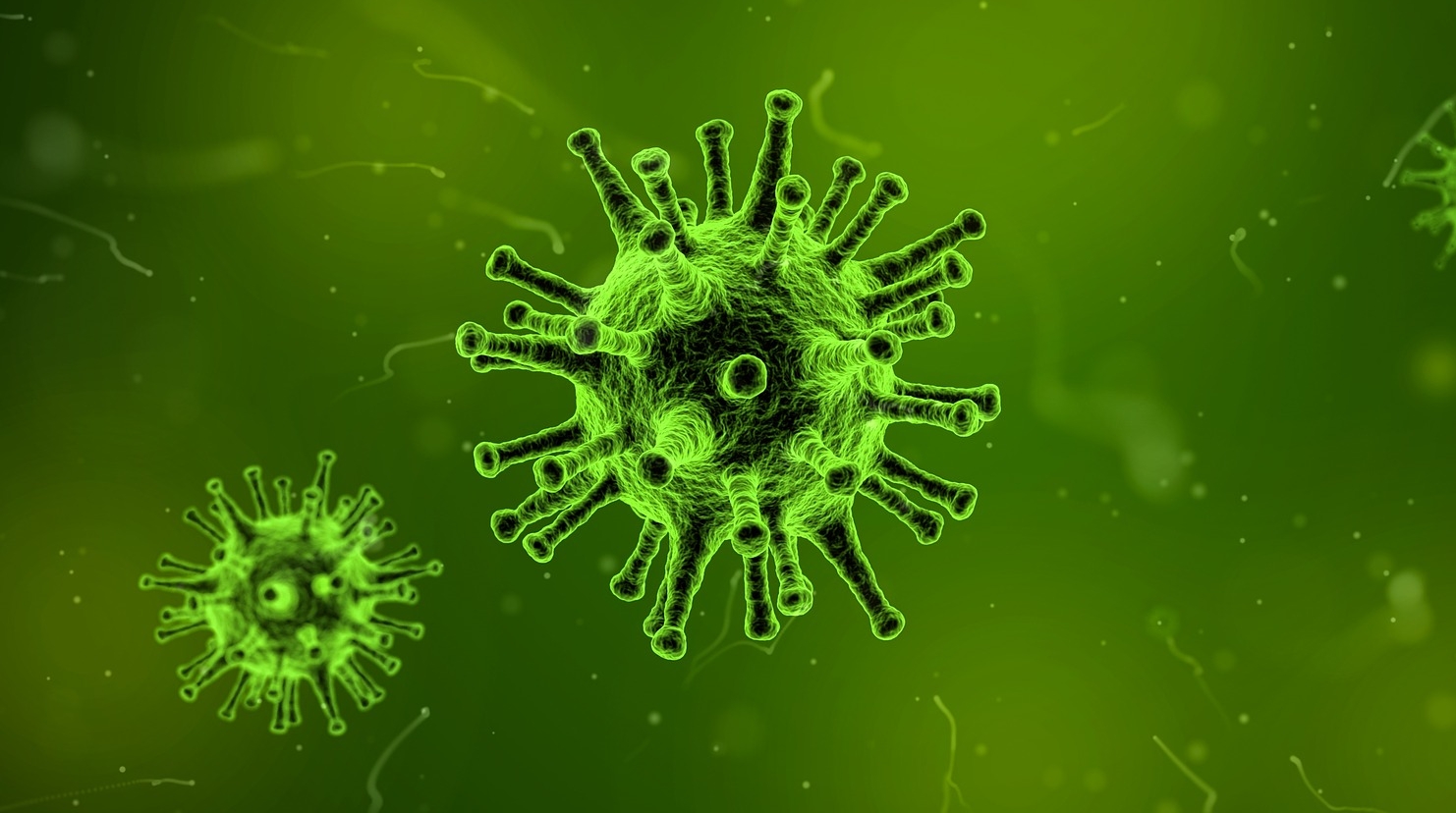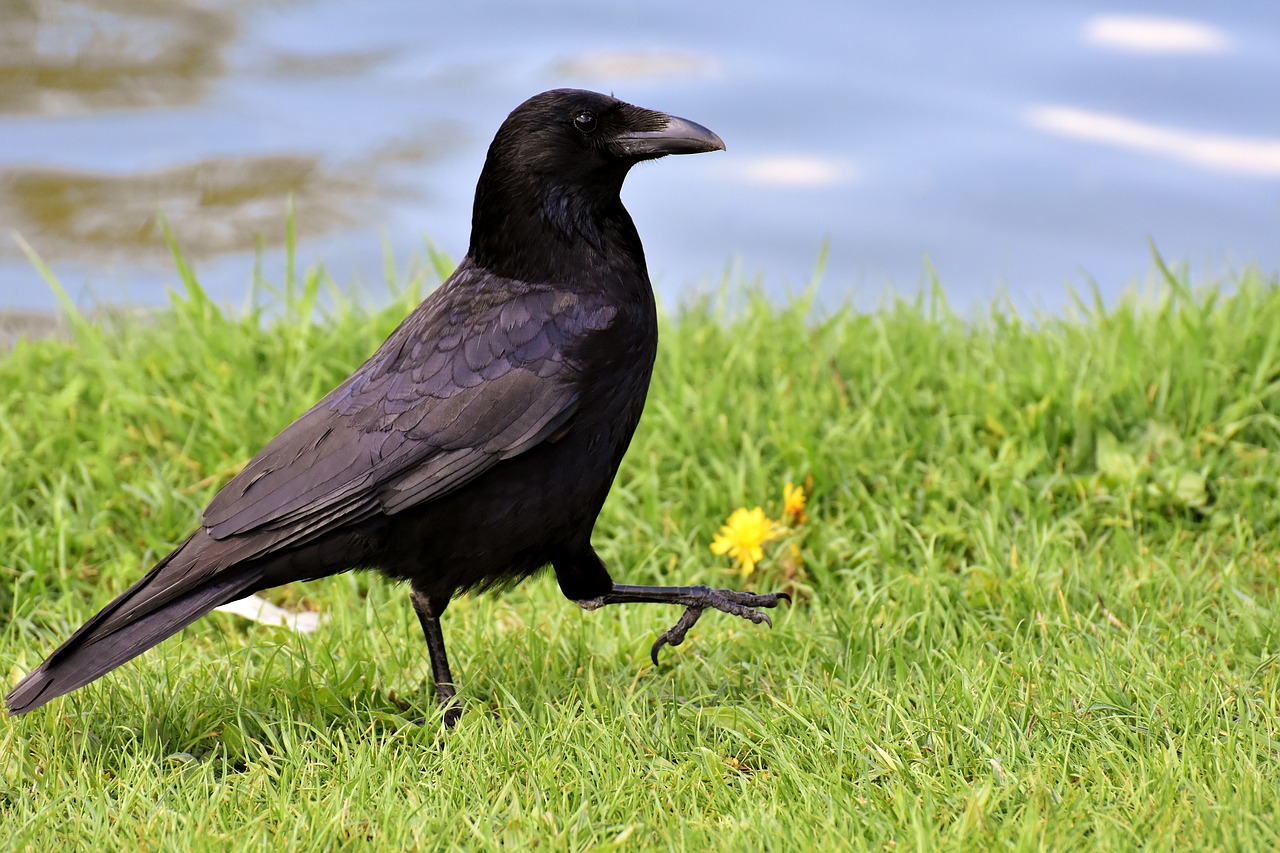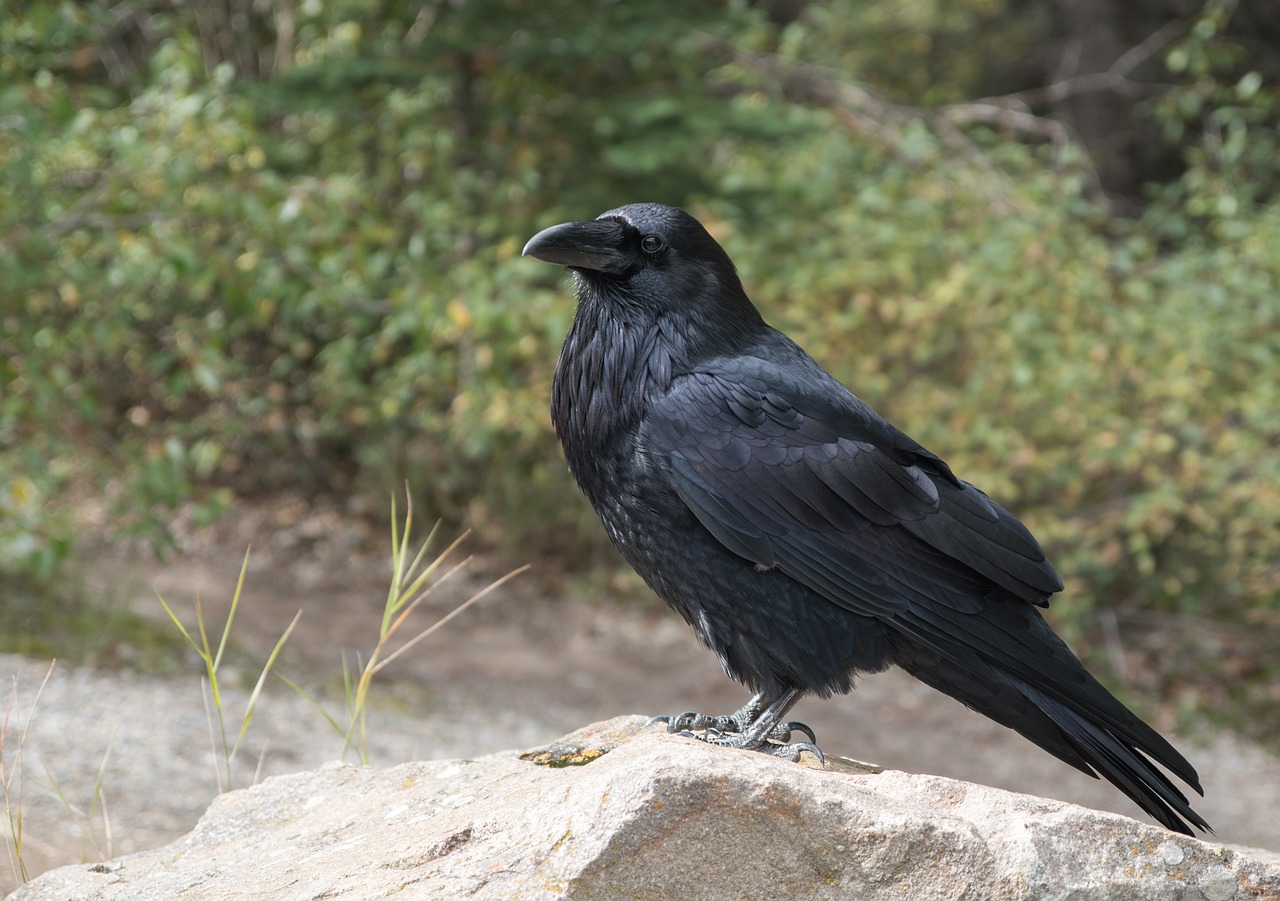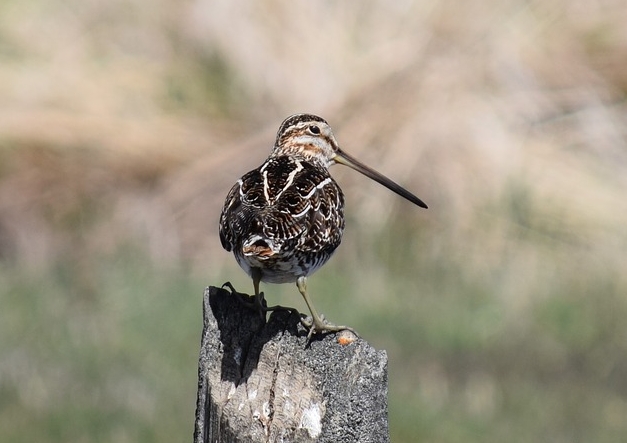When I first started writing, one of the most common pieces of advice I received was to join a writing group. Share your work, read it aloud, take input and make it better.
It's straightforward, good advice. And for many people, it works really well. Joining a writing group can be motivating, encouraging and an excellent way to improve.
But for me, all that sharing stalled me out. After reading the first chapter of my yet-to-be-written book, I'd listen intently to the feedback and questions that other writers had.
What's the main character's critical flaw?
What if the story had higher stakes, like maybe... death?
What would this sound like if you wrote it in first person? Or started it five years earlier? Or put it in another setting - like, Nebraska, or the moon...
Okay, that last one is an exaggeration. But the lists were often long. All (usually) great feedback, all great things to consider. And yet, for me, the endless options sent me into a flurry of self-doubt and questioning. Maybe the story should take place in an entirely different place or time. Maybe the main character wasn't the right person for the job. Maybe the whole thing should be scrapped and begun again.
But there's an alternative. I first heard about this method from author Jennifer Haigh, who said when she writes a novel, she does not share it until she's far along in the process. She doesn't talk about the idea, doesn't give her agent a blurb on what she's writing - nothing. Talking about a work in progress, she said, was like popping the cork on a bottle of champagne: it can let out all the energy and excitement, and make it difficult to continue.
In an interview with GrubStreet, Haigh gave an emphatic "No," to the question of whether she lets her mother read her work in process.
"I don’t even tell anybody what I’m writing. And my editor doesn’t know what I’m writing about until it’s too late. I’m super protective about my work. I think that work in progress is very porous and very fragile. … It’s the coward’s way out. I don’t want feedback. That’s just a chilling idea to me that I would show somebody a chapter out of context and ask for feedback. It’s really unimaginable to me."
Now don't get me wrong - my work definitely needs to be edited. But I've found a gentler process that involves a full reading by a trusted editor, and I'm lucky to have an agent who is hands-on with editing as well.
So the bottom line? Use and enjoy writers groups if they help you. Who knows, maybe I'll plug back into one in the future. But don't be afraid to find another editing process that works for you. Different processes work for each of us, and the main thing, at the end of the day, is simply (or not so simply) to write.
__________
creative commons/pixaby

